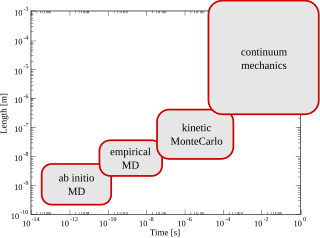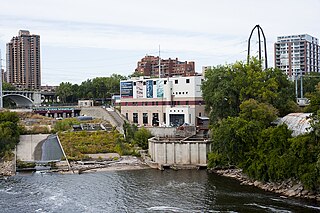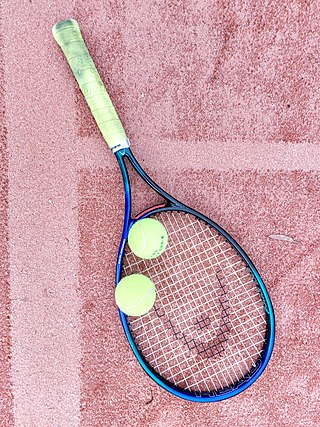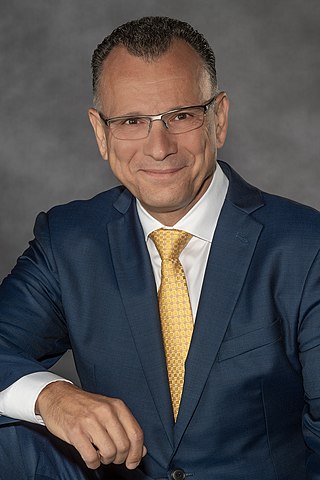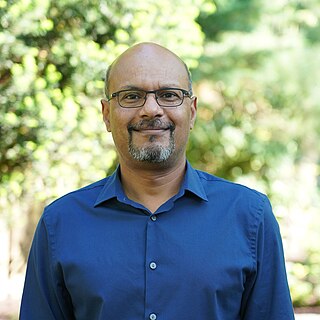| Country | University / Institute | Group | Topic |
|---|
| Australia | UNSW Australia | Sydney Vascular Modelling Group Advanced [1] and Thermofluidics Group [2] | Cardiovascular fluid dynamics and mechanics, stent design and strategy optimization, arterial flow and stenosis, transport of drugs from stents |
| Australia | ANU | Optical Biofluidics Imaging (oBIG) Lab [3] | Biomedical Photonics, Biofluidics Imaging, Applied Optics |
| Belgium | Ghent University | BioMMeda [4] | Biomedical ultrasound research, medical devices, cardiovascular mechanics, (artificial) organs and biofluids |
| Canada | University of Toronto | Biomedical Simulation Lab [5] | Hemodynamic factors in atherogenesis, stroke risk assessment, optimization of bypass graft surgery |
| Canada | University of Western Ontario | Biofluidics Research Lab [6] | Vascular models (atherosclerosis, aneurysms), microfluidics and lab-on-a-chip, cell mechanotransduction |
| Germany | Charité – Universitätsmedizin Berlin | Biofluid Mechanics Lab [7] | Blood pressure measurement, ventricular assist devices, flow visualization methods (PIV, dye erosion/washout), Computational Fluid Dynamics, heart valves, blood damage, thrombus formation, congenital heart disease, patient-specific modelling |
| Germany | RWTH Aachen | Laboratory for Biomedical Fluid Mechanics [8] | Flows in artificial organs, artificial heart valve prostheses, blood pumps |
| Germany | University of Bayreuth | Biofluid Simulation and Modeling [9] | Drug delivery agents in blood flow, interfacial water, molecular dynamics of liquid organic solar cells |
| Israel | Israel Institute of Technology | The Technion Biofluids Laboratory [10] | Respiratory flows, small-scale physiological flows using microfluidic techniques |
| Israel | Ariel University | The Ariel Biomechanics Center (ABmC) [11] | Heart valves, medical devices |
| Italy | Politecnico di Milano | LaBS [12] | Intracranial aneurysm, pediatric surgical corrections, fetal hemodynamics |
| Netherlands | University of Twente | Computational Physiology [13] | Intracranial aneurysm, Cerebrospinal Fluid Flow, Regimes of flow in Physiology, Numerical Methods, High Performance Computing |
| Norway | Simula Research Laboratory | Simula [14] | Intracranial aneurysm, Cerebrospinal Fluid Flow, Cardiac Biomechanics, Numerical Methods |
| Singapore | NUS | Biofluid Mechanics Research Laboratory [15] | Biofluid Mechanics, Computational Fluid Dynamics, Cardiovascular Engineering, Particle Image Velocimetry |
| Switzerland | École polytechnique fédérale de Lausanne | LHTC [16] | Wave propagation, Cerebrospinal Fluid Mechanics, Hemodynamical forces and vascular diseases |
| Switzerland | University of Bern | ARTORG Cardiovascular Engineering Group [17] | Heart valves, complex vascular networks, advanced pumping systems |
| Switzerland | University of Zurich | The Interface Group [18] | Cerebrospinal fluid dynamics, cardiovascular fluid mechanics, integrated flow chambers for mechanobiology, biomedical applications |
| Turkey | Koç University | Pekkan Biofluid Mechanics Laboratory [19] | Cardiovascular fluid mechanics, ontogenical hemodynamics |
| United Kingdom | University College London | MUSE [20] | Cardiovascular fluid mechanics, cardiovascular engineering |
| United Kingdom | Imperial College London | The Xu Group [21] | Cardiovascular diseases, Fluid–structure interaction, drug delivery |
| United Kingdom | University of Sheffield | CISTIB [22] | Biomedical imaging, interventional planning, medical devices |
| United Kingdom | Imperial College London | Cardiovascular Biomechanics and Ultrasound Laboratory [23] | Embryonic and fetal cardiac flows, congenital heart malformations, placenta and umbilical biomechanics, anti-thrombotic blood pumps |
| United Kingdom | University of Strathclyde | Biofluid Mechanics (BioFLM) research group [24] | Biofluid mechanics, haemodynamics, cardiovascular fluid mechanics, in-silico modelling of fluids in biological systems |
| United States | Colorado State University | Cardiovascular and Biofluid Mechanics Laboratory [25] | Heart valve, heart development, Fluid–structure interaction |
| United States | Georgia Institute of Technology | Cardiovascular Fluid Mechanics Laboratory [26] | Biomechanics of vascular pathologies, medical devices |
| United States | Georgia Institute of Technology | Biofluids and Medical Device Research Group [27] | Cardiac and valvular mechanics, aortic valve mechanobiology, prosthetic heart valve mechanics, pediatric cardiovascular engineering |
| United States | University of Idaho | NIML - Neurophysiological Imaging and Modeling Laboratory [28] | Cerebrospinal fluid dynamics, Intrathecal drug and gene vector delivery, hydrocephalus and Chiari malformation, medical devices, neurodegenerative disorders |
| United States | University of Illinois at Chicago | Laboratory for Product and Process Design [29] | Cerebrospinal fluid flow, intrathecal drug delivery, intrathecal magnetic drug targeting, convection-enhanced drug delivery, whole brain cerebral blood flow, oxygen perfusion in cerebral microvasculature, cerebral water transport by Aquaporin 4, hydrocephalus smart shunt design |
| United States | University of Maryland | Biofluid Dynamics Laboratory [30] | Hemodynamics and hemopathology in the microcirculation, drop dynamics |
| United States | University of Massachusetts Amherst | Biofluids and Vascular Biology Laboratory : Jiménez Lab [31] | Cardiovascular stents, Lymphatic flow study |
| United States | Massachusetts Institute of Technology | Edelman Lab [32] | Drug delivery, medical devices |
| United States | University of Michigan | Biofluid Mechanics Research Laboratory [33] | Lung airway closure/re-opening, pulmonary surfactant delivery, artificial lung, ocular flows |
| United States | University of Minnesota | St. Anthony Falls Laboratory [34] | Cardiovascular fluid mechanics, medical devices, virtual surgery |
| United States | Stony Brook University | Biofluids Research Group [35] | Heart valves, artificial heart, left ventricular assist device |
| United States | The City College of New York | The Wallace H. Coulter Laboratory for Cardiovascular Dynamics and Biomolecular Transport [36] | Vascular diseases, mechanotransduction, glycocalyx |
| United States | Tulane University | Biofluid Mechanics Laboratory [37] | Improved therapies for pulmonary disease ARDS, prevention of ventilator-induced lung injury |
| United States | University of Texas at San Antonio | Vascular Biomechanics and Biofluids Laboratory [38] | Medical devices, Abdominal aortic aneurysm, Fluid–structure interaction |
| United States | The George Washington University | Biofluid Dynamics Laboratory [39] | Arterial flows, intraglottal flows |
| United States | Wright State University | Multi-Scale Cardiovascular Bioengineering Laboratory [40] | Heart valve disease, Congenital heart defects, Mechanobiology, Fluid–structure interaction, Particle-image velocimetry |
| United States | Northern Arizona University | Cardiovascular Biomechanics Lab [41] | Mass transport in Cardiovascular system, Heart valve calcification study, Particle deposition in Respiratory tract |

